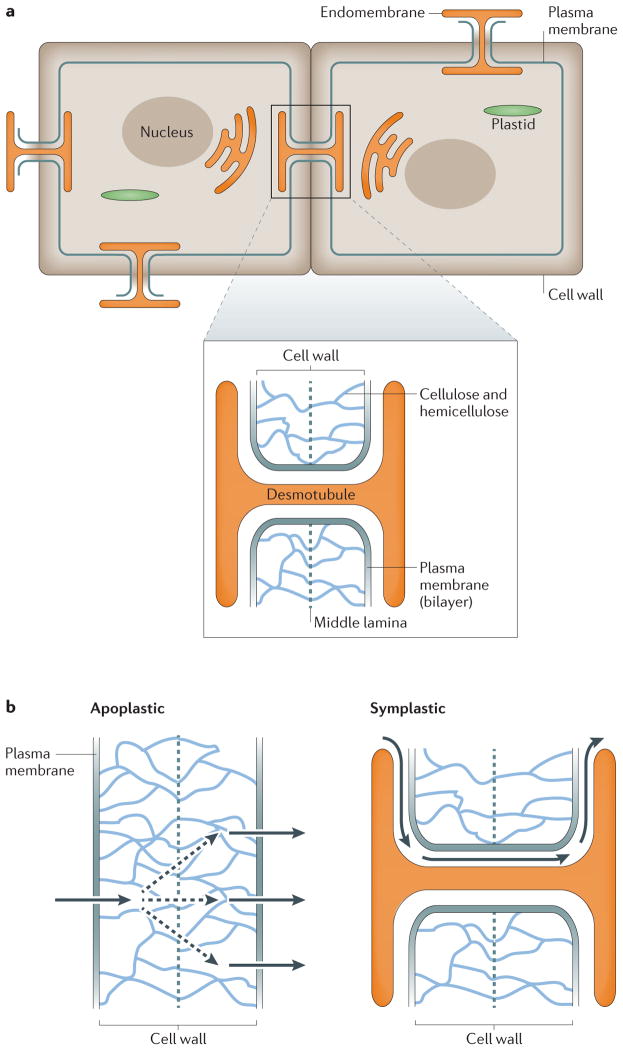Figure 2. Routes of intercellular movement.
a | Plasmodesmata are cell membrane features that are formed by plasma membrane connections between adjacent cells, which penetrate the cell wall. Plasmodesmata contain a shared portion of the endomembrane system, which is thought to be important for the transmission of intercellular signals. b | Owing to the cell wall, intercellular movement is restricted to two routes: apoplastic and symplastic. An apoplastic route of travel occurs when factors move into the space between the plasma membrane and the cell wall. The cell wall is made up of cellulose and hemicellulose (indicated by blue lines), with a central pectin-based cell plate, called a middle lamella, that connects the cell walls of adjacent cells (grey dashed line). In apoplastic travel, factors move through this cell wall and into neighbouring cells for uptake. This type of movement can be passive (diffusion) or active (export and import). By contrast, a symplastic route of travel occurs when factors move into neighbouring cells through plasmodesmata. Dashed arrows indicate diffusion or random movement, and solid arrows indicate directed movement.

